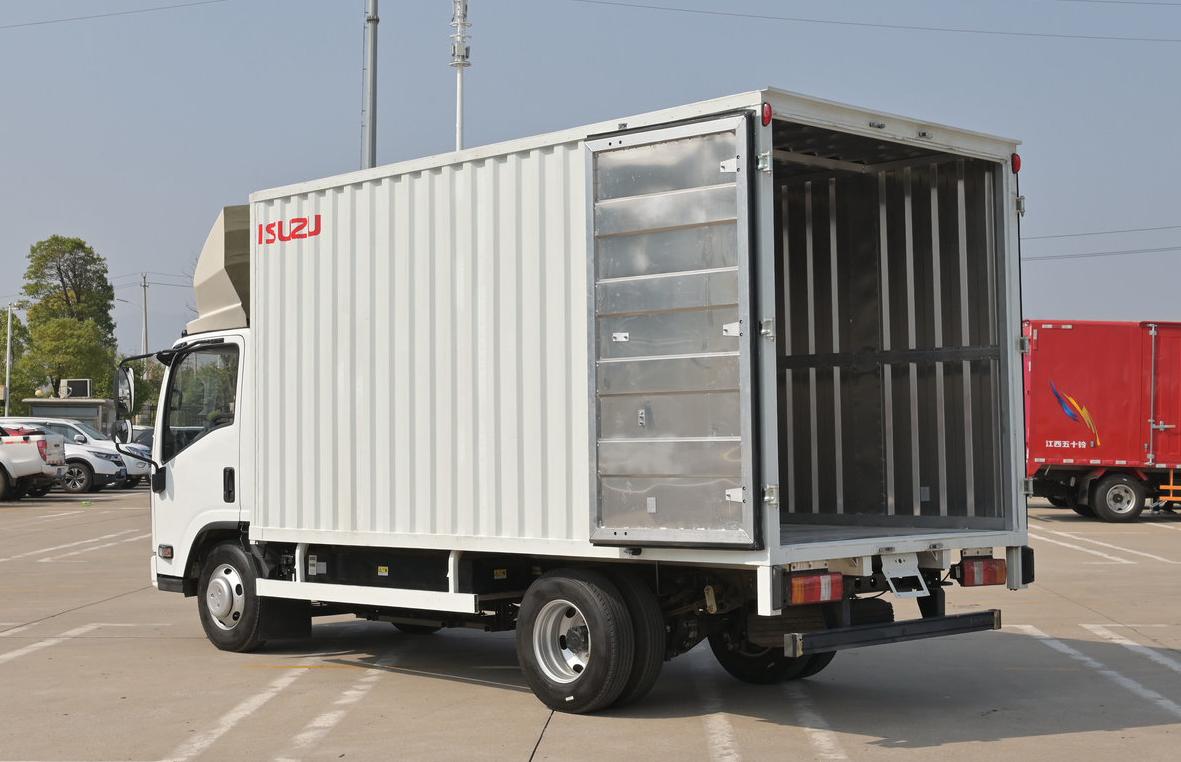Electric Truck News
How to solve the repair anxiety of new energy electric trucks?
Posted on by Electric Trucks
In the rapidly evolving landscape of the automotive industry, new energy electric trucks have emerged as a promising alternative to traditional fuel-powered vehicles. However, as with any new technology, there are concerns and challenges that need to be addressed. One of the significant issues that plague both consumers and the industry is the repair anxiety associated with these vehicles.
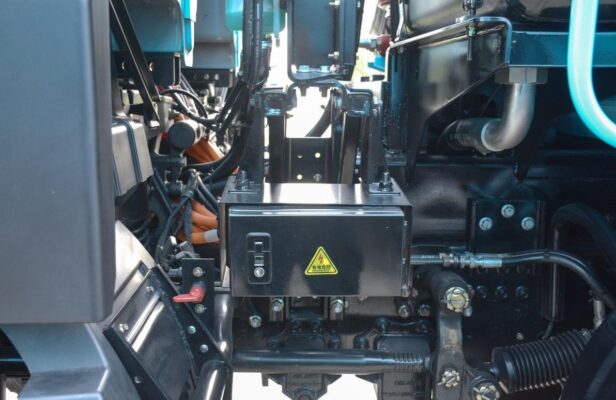
It is understandable that there is anxiety surrounding immature technologies. After all, uncertainties can lead to hesitation and worry. But overcoming this anxiety requires the collective efforts of the entire new energy vehicle industry. Let’s start by considering the perspective of repair shops. When a new energy vehicle arrives at a repair shop for maintenance or repair, it can indeed be a source of anxiety.
For instance, take the case of a BYD hybrid vehicle that requires gearbox repair. The repair station manager expresses hesitation, stating that they are unable to remove the gearbox. The fear of disassembling and potentially damaging the component, only to find themselves unable to afford the consequences, is a real concern. This situation highlights the dilemma faced by repair shops when dealing with new energy vehicles. It’s an embarrassing predicament that calls for solutions to address the repair anxiety.
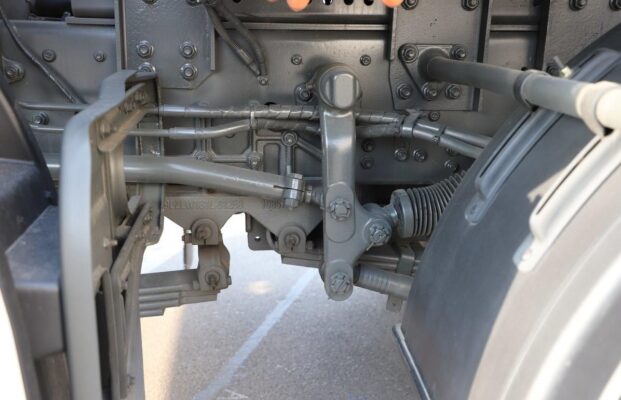
So, what can be done to better solve this repair anxiety for the entire industry?
- Technical disclosure:
Battery, electronic control, and charger enterprises often hold technical monopolies. When there is an issue with the battery or electronic control system of a vehicle, they are the ones who typically step in to solve the problem. While it is understandable that companies need to protect their core information as it is the foundation for their survival, there is a need for a balance. At the very least, disclosing inspection methods can go a long way in alleviating repair anxiety.
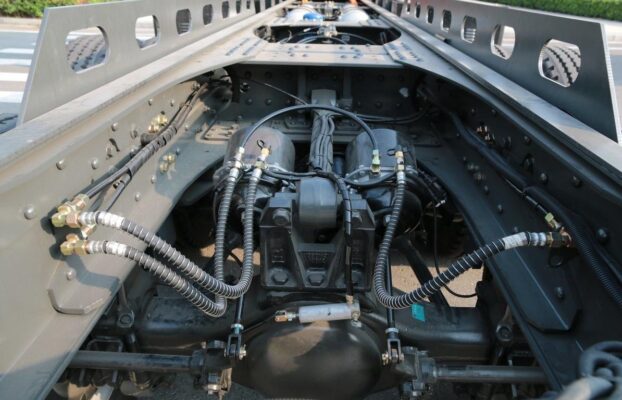
Imagine a repair shop receiving a new energy vehicle with a suspected battery problem. Without access to proper inspection methods, the technicians are left in the dark, unable to diagnose the issue accurately. This not only wastes time and energy for both the repair shop and the vehicle owner but also hinders the improvement of the repair level at the service station.
In contrast, in the realm of traditional automatic transmission gearboxes, repair shops have gained sufficient knowledge and experience over the years. They can handle repairs with confidence. However, when it comes to new energy vehicles, the lack of technical disclosure leaves them stuck. By providing inspection methods, battery and electronic control manufacturers can empower repair shops to take the first steps in diagnosing and addressing issues, reducing the reliance on the manufacturers themselves.
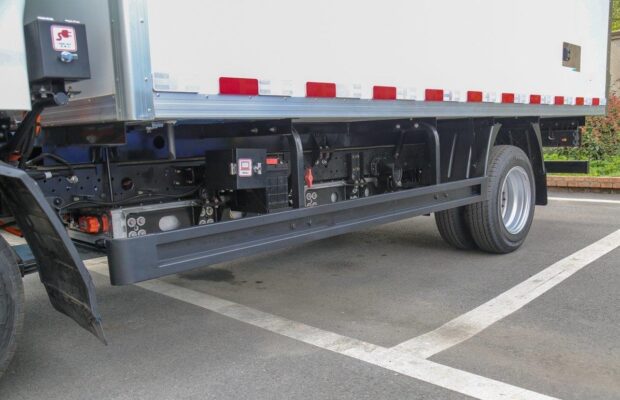
For example, if a manufacturer were to provide detailed inspection procedures for battery health, voltage levels, and connectivity issues, repair technicians could use these guidelines to determine the nature of the problem. This would not only speed up the repair process but also enhance the overall repair capabilities of the industry.
- Disclosure of repair materials:
Basic repair materials such as circuit diagrams and detection equipment play a crucial role in the repair process. There is no reason to keep these materials confidential. Without a circuit diagram, repairmen are left clueless about the direction of wires and the meaning of each pin. How can they be expected to repair a vehicle effectively?
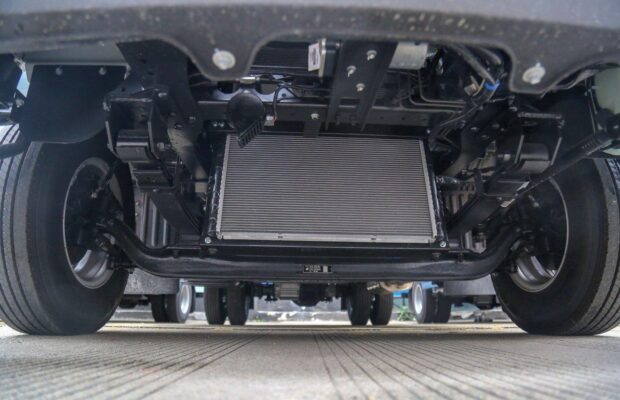
Consider a technician attempting to diagnose an electrical issue in a new energy electric truck. Without a circuit diagram, they are forced to rely on trial and error, which can be time-consuming and potentially lead to further damage. On the other hand, with access to a detailed circuit diagram, they can quickly identify potential problem areas and take targeted actions.
Detection equipment is equally important. Manufacturers should provide compatible detection tools and software that allow repair shops to accurately assess the condition of various components. This not only streamlines the repair process but also ensures that repairs are carried out correctly the first time.

For instance, if a manufacturer provides a specialized diagnostic tool that can interface with the vehicle’s electronic control unit and provide real-time data on battery status, motor performance, and other critical parameters, repair technicians can make informed decisions and carry out efficient repairs.
- Increase service stations:
The layout of service stations is of utmost importance. For markets with a significant number of new energy vehicles in circulation, a reasonable distribution of service stations is essential. Driving dozens or even hundreds of kilometers to repair a vehicle is simply not realistic.
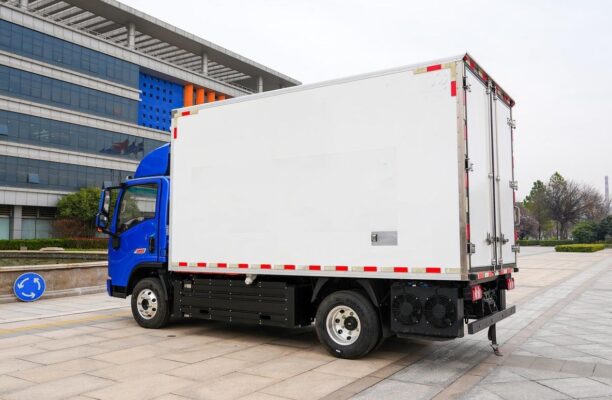
Imagine a vehicle owner in a remote area with a malfunctioning new energy electric truck. If the nearest service station is located a long distance away, it can cause significant inconvenience and downtime. This not only affects the owner’s business operations but also undermines confidence in the vehicle and the brand.
By increasing the number of service stations and ensuring their proper distribution, the industry can provide quicker access to repair services. This can be achieved through partnerships with existing repair shops, setting up dedicated new energy vehicle service centers, or providing training and support to independent mechanics.
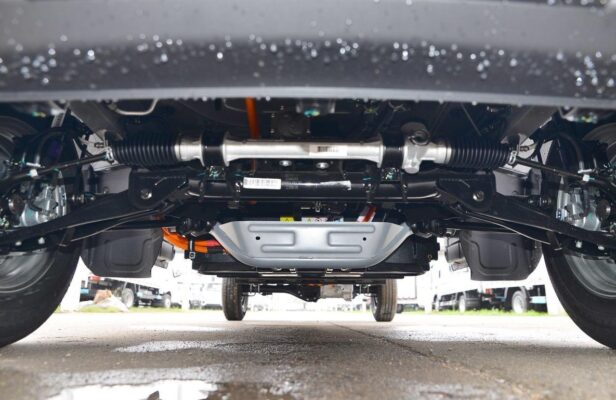
For example, in areas with high concentrations of new energy vehicles, such as logistics hubs or urban centers, multiple service stations can be established to meet the demand. This would reduce waiting times and ensure that vehicles can be repaired promptly, minimizing disruptions to business and daily life.
- Enhance soft power:
Improving the level of service stations is crucial for reducing losses for the main engine factory and promoting the development of the brand. Only when the service stations are equipped with the necessary skills and resources can they provide high-quality repair services and enhance customer satisfaction.
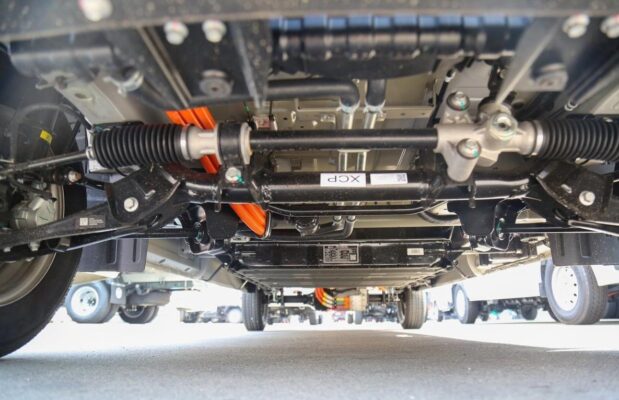
If the level of service is subpar and repair satisfaction cannot be improved, it will act as a significant resistance to the growth of the brand. Customers are more likely to recommend and remain loyal to brands that offer reliable after-sales service. By enhancing the soft power of service stations, manufacturers can build a positive reputation and attract more customers.
This can be achieved through training programs for technicians, providing access to the latest repair techniques and technologies, and establishing clear communication channels between the main factory and service stations. For example, regular training sessions on new energy vehicle systems, battery management, and electronic control can keep technicians up-to-date with the latest advancements. Additionally, prompt response times to service requests and clear communication about repair progress can enhance the customer experience.
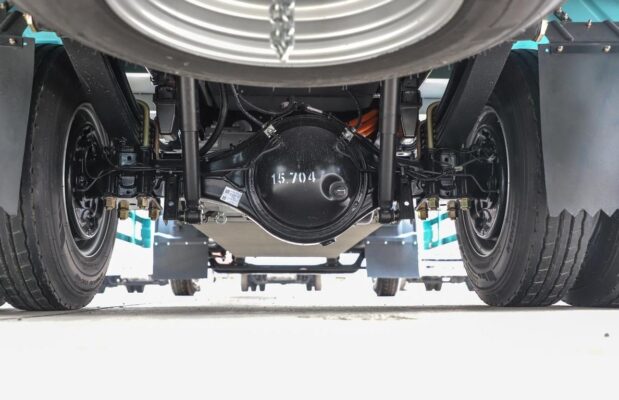
- Spare parts:
The availability of spare parts is a critical factor in addressing repair anxiety. If service stations do not have access to spare parts or are required to purchase them on their own at a high cost, it can be a major deterrent to providing efficient repair services. Moreover, the long lead times for warranty claims and delayed payments can also affect the enthusiasm of service stations.
For example, if a service station has to wait several months for warranty payments after purchasing spare parts upfront, it can strain their finances and reduce their willingness to take on repairs. Manufacturers should ensure a steady supply of spare parts to service stations and streamline the warranty claim process to reduce the financial burden on service providers.

This can be accomplished by establishing efficient inventory management systems, collaborating with suppliers to ensure timely delivery of parts, and providing clear guidelines on warranty claims and payments. For instance, setting up regional warehouses with a wide range of spare parts can reduce delivery times and ensure that service stations have access to the parts they need when they need them.
In conclusion, solving the repair anxiety of new energy electric trucks requires a multi-faceted approach involving technical disclosure, provision of repair materials, increased service station availability, enhanced soft power, and proper management of spare parts. By working together, the entire new energy vehicle industry can address these concerns and build a more reliable and sustainable ecosystem for the future. This not only benefits consumers but also promotes the growth and development of the industry as a whole.
